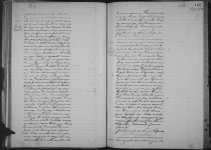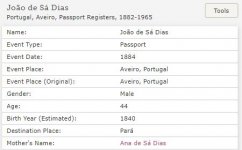PESSOAL ADMINISTRATIVO. Tivemos infelizmente, no período relatorial, de lastimar a perda do mais antigo empregado do Museu e de um dos seus mais fieis auxiliares. O Snr. João Baptista de Sá, ajudante de preparador de zoologia, era com effeito o único empregado que tinha prestado os seus serviços a este estabelecimento desde o tempo quando o Museu Paraense era ainda installado no edifício occupado actualmente pela Secção de Agricultura. Desde a reorganisação do Museu, sob a direcção do meu illustre predecessor, elle serviu na secção zoológica, primeiro como servente, depois (desde 1895) como ajudante de preparador, mostrando excellentes aptidões para os misteres de taxidermia, e applicação ao trabalho, quer no serviço interior, quer em diversas expedições que elle acompanhou como preparador. Foi em uma d'estas excursões que antigos padecimentos renaes aggravaram-se de tal forma, que a sua constituição, já enfraquecida, não resistiu por muito tempo depois de sua volta, vindo elle a fallecer no dia 12 de Maio. O seu enterro foi feito ás expensas do Museu e com a participação dos empregados do Museu, para os quaes elle sempre tinha sido um companheiro bom e leal.










